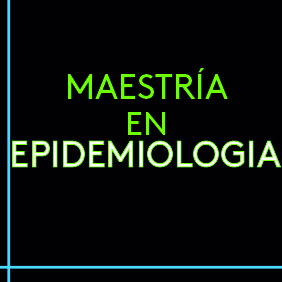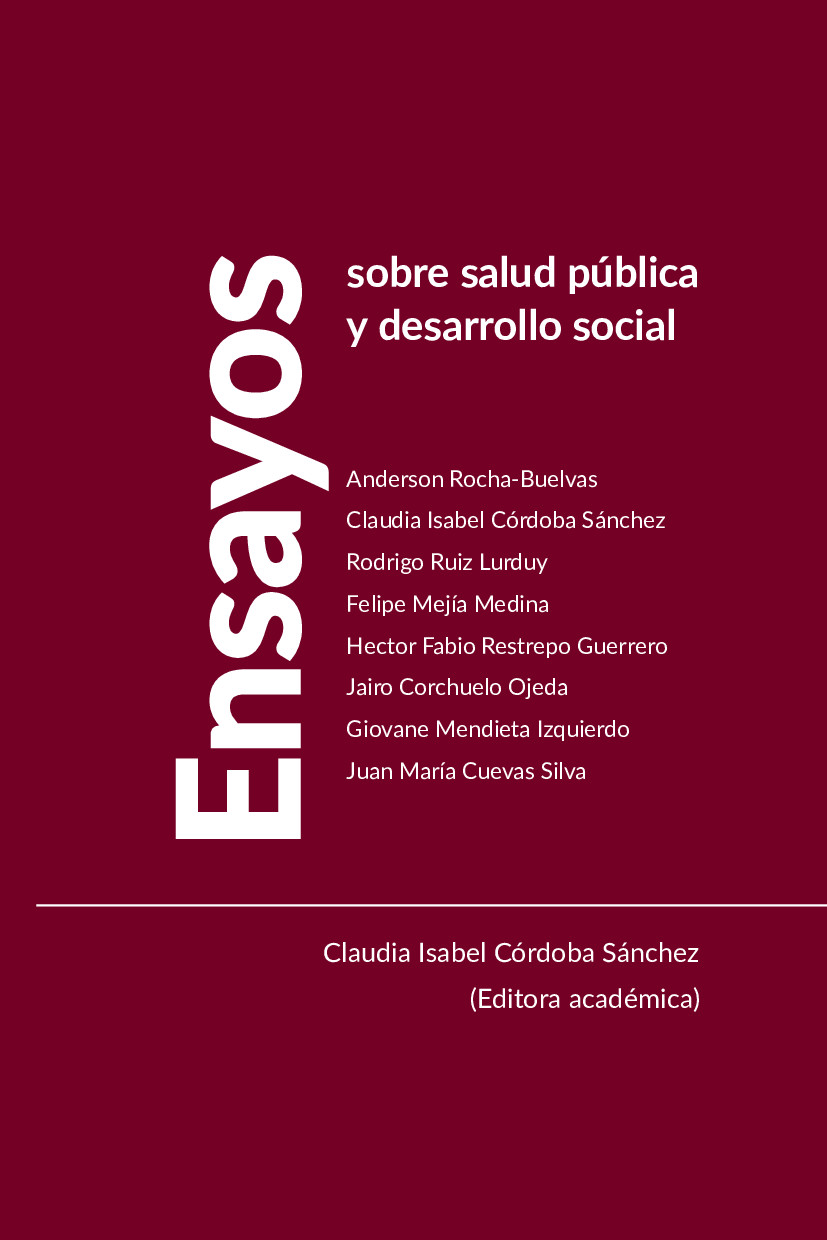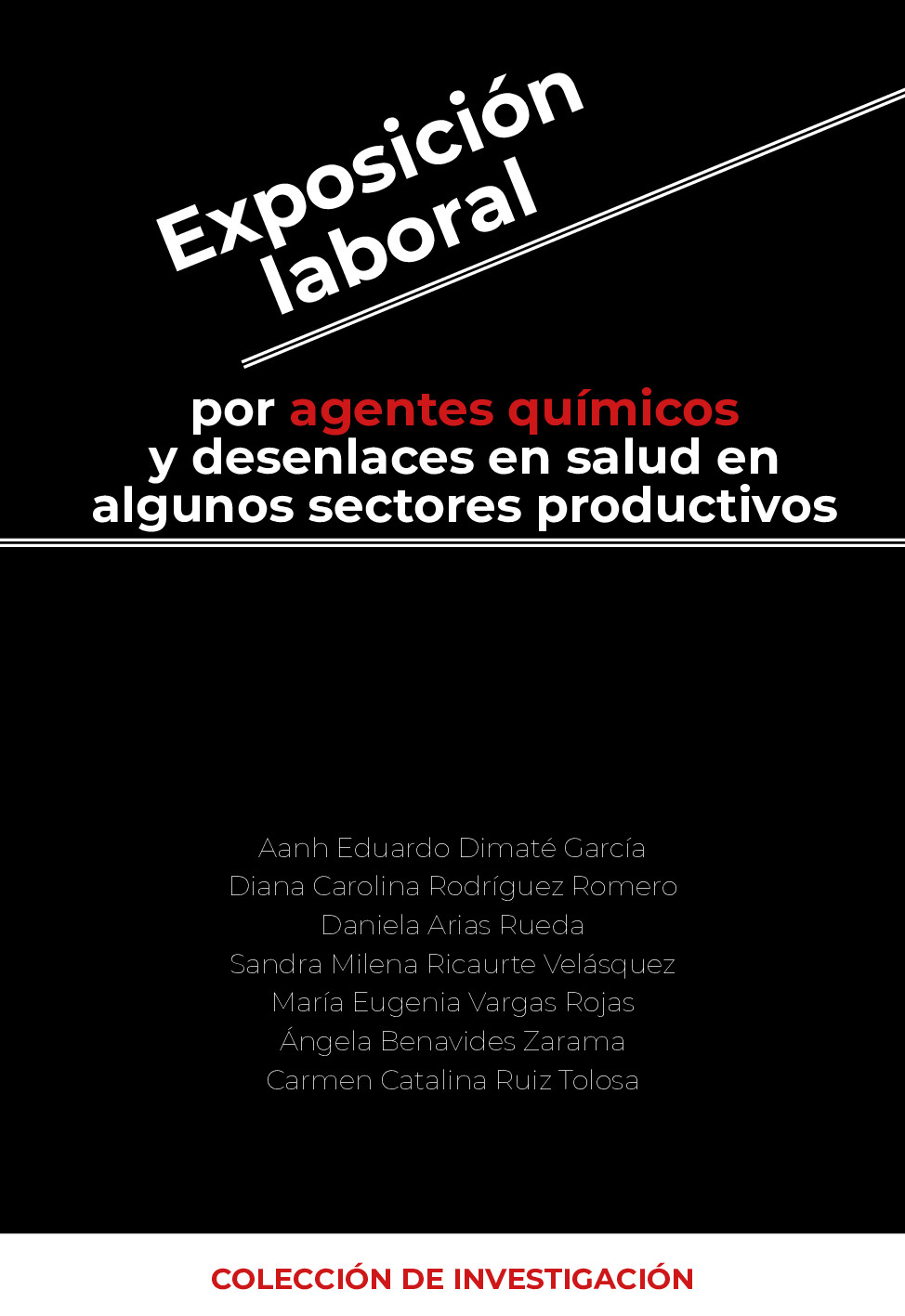Resumen
Objetivo: evaluar la asociación entre el grado de riesgo biomecánico (carga postural estática) y la percepción de desórdenes músculo esqueléticos en funcionarios administrativos en una Universidad en Bogotá (Colombia) entre Julio y Noviembre del año 2013.
Métodos: estudio de corte transversal; se tomó una muestra con 96 trabajadores de la población de la Universidad, quienes tenían un puesto fijo en video terminales (VDT); los datos sobre percepción de desórdenes músculo esquelético se identifican de la aplicación del Cuestionario Nórdico y grado de riesgo ergonómico de la aplicación del método RULA.
Resultados: tras aplicar el Cuestionario Nórdico se muestra presencia de molestia o dolor en algún segmento corporal con un aumento en la prevalencia de punto final (P.F) y la Incidencia (I). Los segmentos con mayor presencia de sintomatología fueron: espalda baja, espalda alta, cuello, mano muñeca derecha.
Los resultados de aplicación del método RULA indican excesiva carga postural; no se observaron en los trabajadores posturas aceptables (todas las puntuaciones ⩾ 3). Los segmentos con mayor puntuación fueron: muñeca, giro de muñeca, antebrazo y cuello.
Conclusión: los resultados sugieren la existencia de asociación entre la carga postural estática y la percepción de molestia a nivel de miembros inferiores en los funcionarios de la Universidad.
Licencia
Los autores deben declarar la no existencia de conflictos de intereses ya sea por motivos de financiación del proyecto del cual es resultado el artículo; así como por motivos intelectuales, académicos, morales e investigativos.
La Revista de Investigaciones Andina se acoge a las normas éticas para publicaciones dadas por el COPE: http://publicationethics.org/resources/code-conduct
Citas
2. Ministerio de la Protección Social. [Online].; 2007 [cited 2011 Noviembre 01. Available from: http://www.minproteccionsocial.gov.co.
3. Jensen H. Arbejdsmiljø Og Samfundsøkonomi -Regneark. In Og Dataunderlag. Nord: Nordisk Ministerråd. (Nordiske Seminar - og Arbejdsrapporter ; 1993. p. 556.
4. Pinzón PV, Torres CS. Dolor Músculo esquelé- tico y su asociación con factores de riesgo Ergonómicos, en Trabajadores Administrativos. Revista de Salud Pública Universidad Nacional de Colombia. 2005 Noviembre; 7(003).
5. Ministerio del Trabajo. INFORME DE ACTIVIDADES 2011 / 2012 AL CONGRESO DE LA REPÚBLICA. Comunicado escrito. BOGOTÁ: Ministerio del Trabajo; 2012.
6. Ministerio de la Protección Social Gatiso. [Online].; 2010 [cited 2013 Marzo 23. Available from: http://www.minproteccionsocial.gov.co.
7. GA. M. Development of an ergonomics guideline for the furniture manufacturing industry. Applied Ergonomics. 2005 Marzo; 36(2).
8. Gemne G. Diagnostics of hand-arm system disorders in workers who use vibrating tools. Occupational and Environmental Medicine. 1997 Agosto; 54(2). http://dx.doi.org/10.1136/oem.54.2.90
9. Mirbod SM1 IRIH. Low back pain among different groups of subjects exposed to hand-arm transmitted vibration. Industrial Health. 1997 Abril; 35.
10. Supaporn Meksawia BTVC. Musculoskeletal problems and ergonomic risk assessment in rubber tappers: A community-based study in southern Thailand. International Journal of Industrial Ergonomics. 2011 Agosto; 3.
11. Ministerio de la Protección Social PUJ. EPS SURA. [Online].; 2006 [cited 2012 09 01. Available from: http://www.epssura.com/ guias/guias_mmss.pdf.
12. L Punnett JGJNKRGDHW. Ergonomic stressors and upper extremity musculoskeletal disorders in automobile manufacturing a one year follow up study. Occup Environ Med. 2004 Marzo; 64.
13. G K Lemasters MRAADBJABNOG. Prevalence of work related musculoskeletal disorders in active union carpenters. Occup Environ Med. 1998 enero; 54.
14. workers. Wcauedifdh. Work characteristics and upper extremity disorders in female dental health workers. Work characteristics and upper extremity disorders in female dental health workers. 2006 Febrero; 48.
15. Beatriz A. González BADPGT. Ergonomic performance and quality relationship an empirical evidence case. International Journal of Industrial Ergonomics. 2003 Abril; 31.
16. Nilüfer Öztürk MNE. Investigation of musculoskeletal symptoms and ergonomic risk factors among female sewing machine operators in Turkey. International Journal of Industrial Ergonomics. 2011 Agosto; 41.
17. Esther Hartmann HHEOV. Exposure to physical risk factors in Dutch agriculture Effect on sick leave due to musculoskeletal disorders. International Journal of Industrial Ergonomics. 2005 Julio; 35.
18. Karwowski W. A comparison of three observational techniques for assessing postural loads in industry. International Journal of Occupational Safety and Ergonomics. 2007; 13.
19. Niklas Krause BBDR. Effort-reward imbalance and one-year change in neck-shoulder and upper extremity pain among call center computer operators. Scand J Work Environ Health. 2010; 12(36).
20. D'Errico A, Caputo. P. Risk factors for upper extremity musculoskeletal symptoms among call center employees. J Occup Health. 2010; 52. http://dx.doi.org/10.1539/joh.l9117
21. R. Jeffrey Lewisa MFJD. Efectiveness of a VDT ergonomics training program. International Journal of Industrial Ergonomics. 2001 Marzo; 27.
22. Isa MZa, Had iM, Banafsheh MZ. The effect of interventions based on transtheoretical modelling on computer operators' postural habits. Clinical Chiropractic. 2011.
23. Shuvala K, Donchinb M. Prevalence of upper extremity musculoskeletal symptoms and. International Journals of Industrial Ergonomics and ergonomics risk factors at a Hi - Tech Company in ISrael. 2005.
24. Michael G, Suzanne S. Training the "Industrial Athlete" Developing Job-Specific Exercise Programs. American Occupational Therapy Association, Inc. 2008; p. CE1 - CE8.
25. Bruce B. Musculoskeletal Disorders and Workplace Factors. Centers for Disease Control and Prevention National Institute for Occupational Safety and Health. 1997 Julio.
26. Ergonautas. Método OWAS. [Online].; 2009 [cited 2011 Noviembre 05. Available from: http://www.ergonautas.upv.es/.
27. Seyed Jalil Mirmohammadi AHMMBOMM. Effects of training intervention on non-ergonomic positions among video display terminals (VDT) users. Work: A Journal of Prevention, Assessment and Rehabilitation. 2012.
28. Ministerio de la Protección Social. [Online].; 2006 [cited 2011 Noviembre 04. Available from: http://www.minproteccionsocial.gov.co.
29. Bacca ÉH,&RJJ. Factores de riesgo de carga fisica y diagnóstico de alteración osteomuscular en trabajos de minas de carbón en el Valle de Ubaté. Ciencias de la Salud. 2004 Enero; 24-32.
30. Colimon KM. Fundamentos de Epidemiología. In Kahl Martin C. Fundamentos de Epidemiología. Medellín: Corporación para Investigaciones Biológicas; 2010. p. 162.
31. Centers For Disease Control and Prevention. CDC. [Online].; 2013 [cited 2013 01 05. Available from: http://www.cdc.gov/niosh/pubs/default.html.
32. CDC Centers for Disease Control and Prevention. Centers for Disease Control and Prevention. [Online].; 2013 [cited 2014 Marzo 23. Available from: http://www.cdc.gov/healthyweight/spanish/assessing/bmi/adult_bmi/index.html.
33. Bergqvist U WENBVM. Musculoskeletal disorders among visual display terminal workers: individual, ergonomic, and work organizational factors. Applied Ergonomics. 1995 Abril; 38(4).
34. Catherine Cook RBLSC. The prevalence of neck and upper extremity musculoskeletal symptoms in computer mouse users. International Journal of Industrial Ergonomics. 2000 septiembre; 26(3).
35. Paulien M. Bongers AMKTL. Are psychosocial factors, risk factors for symptoms and signs of the shoulder, elbow, or hand/wrist?: A review of the epidemiological literature. American Journal of Industrial Medicine. 2002 mayo; 42(5).
36. Steven L. Sauter LMSSJK. Work Posture, Workstation Design, and Musculoskeletal Discomfort in a VDT Data Entry Task. The Journal of the Human Factors and Ergonomics Society. 1991 Abril; 33.
37. Bernard B, Sauter S, Fine L, Petersen M, Hales T. Job task and psychosocial risk factors for work-related musculoskeletal disorders among newspaper employees. Scandinavian Journal of Work, Environment & Health. 1994 Diciembre; 20(6).http://dx.doi.org/10.5271/sjweh.1379
38. Yu I,WT. Musculoskeletal Problems among VDU Workers in a Hong Kong Bank. Oxford Journals Medicine Occupational. 1996 mayo; 46(4).
39. Michael F.D. Polanyi DCCDEBJCRWMALBHSEFMVMSASJMS. Upper limb work-related musculoskeletal disorders among newspaper employees: Cross-sectional survey results. Issue American Journal of Industrial Medicine. 1997 Diciembre; 32(6).
40. Sherry Baron THH. Evaluation of symptom surveys for occupational musculoskeletal disorders. American Journal of Industrial Medicine. 1996 Junio; 29(6).
41. Michele Marcus FG. Upper extremity musculoskeletal symptoms among female office workers: Associations with video display terminal use and occupational psychosocial stressors. American Journal of Industrial Medicine. 1996 Febrero; 29(2).
42. CJ C, Kothiyal K. RULA: a survey method for the investigation of work-related upper limb disorders . Applied Ergonomics. 1998.
43. Thomas R. Hales Slsmrpljfvpalrstto&Bpb. Musculoskeletal disorders among visual display terminal users in a telecommunications company. Ergonomics. 2007 Mayo; 37(10).
44. Yun Geun Leeb HJESHLMHY. Results of a survey on the awareness and severity assessment of upper-limb work-related musculoskeletal disorders among female bank tellers in Korea. International Journal of Industrial Ergonomics. 2001 Mayo; 25(5).
45. Fine SBRHLJ. Health Hazard Evaluation Report HETA 89-250-2046, Newsday, Inc., Melville, New York. Formal. New York. National Technical Information Service; 1990.
46. Gerr F,MM,EC. A prospective study of computer users: I. Study design and incidence of musculoskeletal symptoms and disorders. American Journal of Industrial Medicine. 2002 Abril; 41(4). http://dx.doi.org/10.1002/ajim.10066
47. Estrada J, Camacho JA, Restrepo Mt. Parámetros Antropométricos de la Población Laboral Colombiana 1995. Revista Facultad Nacional de Salud Pública. 1998; p. 112-139.
48. Laura Punnett UB. Visual Display Unit Work and Upper. Instituto Nacional de Trabajo Suiza, National Institute for Working Life – Ergonomic Expert Committee Document No 1; 1997.
49. Vedder J, Wolfgang L. Ministerio del Trabajo de Espa-a (Link Enciclopedia de la OIT). [Online].; 2010 [cited 2011 Noviembre 14. Available from: http://www.insht.es.

 PDF
PDF
 FLIP
FLIP




















